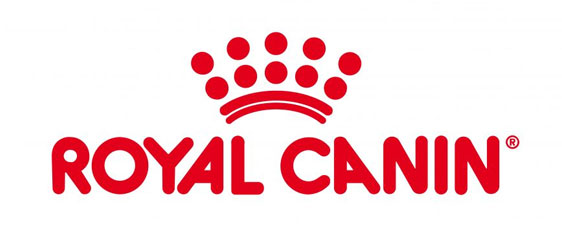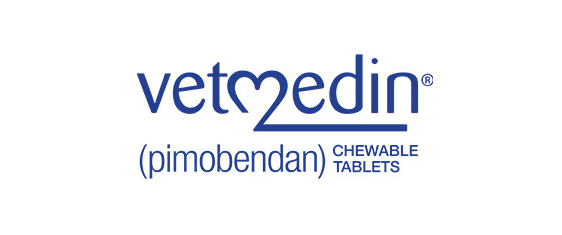Liver Disease in Cats
Doctor of Veterinary Medicine

While efforts are made to answer all questions as quickly as possible, if an immediate answer is required or if your pet is in need of urgent or emergency care, contact your pet's veterinarian immediately.
Doctor of Veterinary Medicine

You will receive an answer from Dr. Lindsay and our vet/tech team as soon as possible, usually the same day.
All answers are provided for informational or educational purposes only, and are intended to be a supplement to, and not a substitute for, the expertise and professional judgment of your pet's veterinarian.
It may be necessary to consult your pet's veterinarian regarding the applicability of any opinions or recommendations with respect to your pet's symptoms or medical condition.
CloseDoctor of Veterinary Medicine

An error has occurred, please reload the page and try again.
CloseWhile efforts are made to answer all questions as quickly as possible, if an immediate answer is required or if your pet is in need of urgent or emergency care, contact your pet's veterinarian immediately.
There is no answer related to your question
Since the liver has such important functions in the body, the development of liver disease in cats may result in serious health consequences. Liver disease in cats occurs when the liver is damaged, hindering normal function. It can be acute (sudden onset) or chronic (slow and progressive). The liver is responsible for building and breaking down fats, carbohydrates, and proteins, as well as storing vitamins, minerals, glycogen, and triglycerides. It plays an important role in the production of red blood cells and produces factors important for the normal clotting of blood. The liver also plays an important role in digesting nutrients and detoxifying chemicals and drugs taken into the body. When the liver is not functioning properly, toxins will build up, digestion will be affected, and there may be a shortage of essential nutrients, including glucose, vitamins, and minerals.There are a few different types of liver disease in cats:
- Cat liver disease is a common condition that has many potential causes.
- Diagnosis of liver disease in cats usually involves blood work, urinalysis, imaging, and in some cases, liver biopsy.
- Treatment and prognosis of liver disease will depend on the underlying cause; however, because of the remarkable regenerative capacity of the liver, most cats can be successfully treated.
Hepatic Lipidosis is the most common type of liver disease in cats. A disease unique to cats, hepatic lipidosis is a type of anorexia that occurs when a cat has sustained appetite loss and stops eating. The liver plays a significant role in fat metabolism. When the body stops receiving the energy necessary to function, the liver is forced to convert body fat into usable energy. As a result, the liver becomes enlarged by building up excessive amounts of fat. Major symptoms include loss of appetite and weight loss. The disease can usually be reversed when caught and treated quickly with extensive feeding and fluid replenishment.
Causes: Caused by anorexia or malnutrition. The cause of lack of appetite can vary. Often times, hepatic lipidosis is secondary to a systemic problem such as hyperthyroidism, pet diabetes, urinary tract conditions, or upper respiratory infections. However, approximately 15-50% of cases have no obvious primary cause.
Cholangiohepatitis is the second most common cause of feline liver disease. Cholangitis results in infection or inflammation of the bile duct, and cholangiohepatitis produces inflammation in the biliary system. Some cats will become acutely ill, but some will only show signs of anorexia, jaundice, or possibly enlarged liver. Other symptoms include vomiting, diarrhea, depression and weight loss. Antibiotics are important to recovery as this is a bacterial infection. In some cases, supportive care including fluid and nutritional support may be necessary.
Causes: Cholangitis and cholangiohepatitis are often results of infections from bacteria in the small intestine coming up the bile duct, gaining access to the gallbladder and liver. This type of cat liver disease is commonly associated with inflammatory bowel disease and pancreatitis.
Liver disease can also be caused by exposure or ingestion of drugs or pet toxins, as well as lack of blood to the liver.
Overweight cats are most at risk for developing hepatic lipidosis if they significantly decrease their food intake. Cats that experience a large amount of stress (either chronically or suddenly) may experience a drop in appetite.
Liver disease can occur in both sexes of cats at any age, though younger pets are also predisposed to a specific genetic circulatory problem of the liver known as a portosystemic shunt. This may lead to nervous system signs in severe cases.
Denosyl should be given on an empty stomach at least one hour before a meal for optimal absorption, typically one hour before feeding in the morning.
































